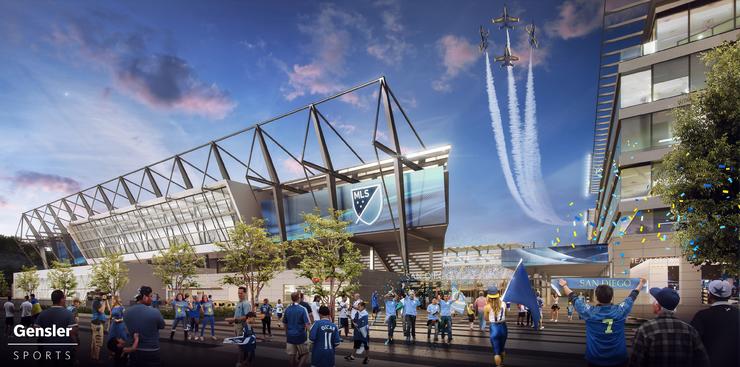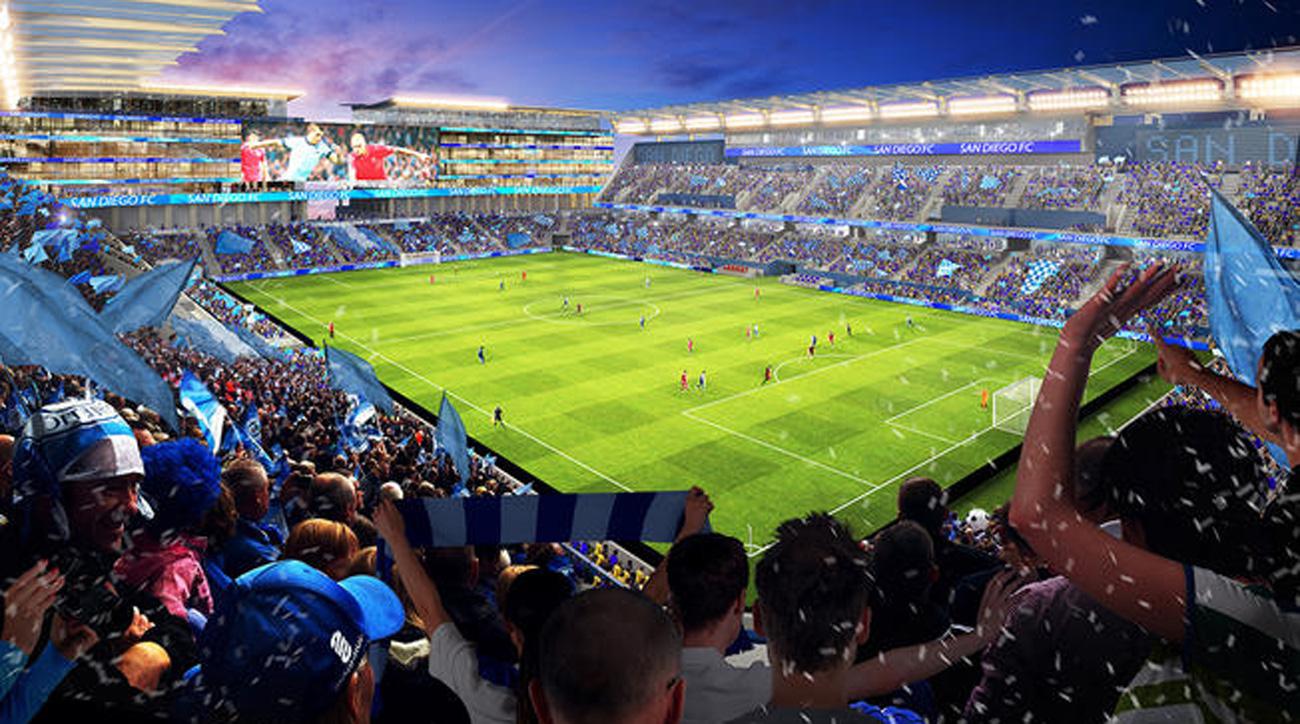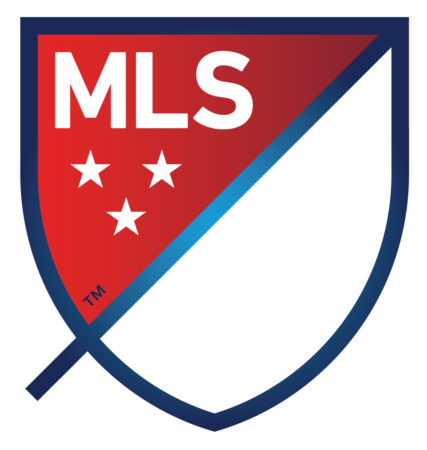Let’s Talk MLS & the Possible Arguments Against


The news that Major League Soccer is considering expanding to San Diego has created buzz among soccer fans in America’s Finest City, but there are skeptics.
Three arguments they have raised are– 1. The MLS is expanding too rapidly 2. Other cities deserve an MLS club before San Diego 3. San Diego should aim higher than MLS.
So let’s talk about those arguments.
The fact that the second argument exists sort of eliminates the first argument. Competition for spots in MLS indicates the league is expanding at a rate that reflects the growing interest in the league. Sacramento and Cincinnati both have sizable soccer communities that support their local teams that play in USL, which is a league below MLS. As such, it’s fair to argue those cities deserve to get an MLS team before San Diego. But money talks louder than what may or may not be fair, and since an owner wants to fund the construction of a state of the art stadium here, it’s understandable that San Diego has catapulted to the forefront of expansion talks.
Expansion critics also say MLS shouldn’t put more teams in California. With LA FC joining the Galaxy in Los Angeles, and Sacramento Republic potentially joining the San Jose Earthquakes in northern California, MLS would have five teams in the Golden State. People raising this concern probably aren’t from here. As Californians know, there are a lot…..a lot! of people in California, and it’s a big place. San Diego is a separate market entirely from L.A., and northern California is a long drive, with way too much traffic, away from here.
What San Diego still lacks compared to those markets is an established fan base that has shown it will consistently buy tickets to professional soccer games. The US vs Serbia friendly held here on Sunday was attended by just over 20,000. That’s not a particularly overwhelming number, but it’s not bad either considering the nature of the game. It was a friendly between two non-rivals, each of whom did not play their best possible lineup, and it was at Qualcomm.

The last time the national team came to San Diego that game was attended by just over 25,000. Perhaps the turnout for this friendly was a little lower because the team has been on a poor run of form over the last few months, or maybe local sports fans weren’t too keen to revisit Qualcomm so soon after the Chargers abandoned the place, and the city. Whatever the circumstances, something close to 20,000 is a good number if those people are also able to routinely show up for MLS games. An average attendance of 20,000 would have ranked 11th in MLS in 2016, just ahead of the 19,930 that San Jose averaged per home game. A new stadium in San Diego would surely draw in more casual fans on top of that as well, at least in the inaugural season. People will want to check out the new team in town and see proof that, surprise surprise, it is possible to build a stadium here, even if it would be a smaller stadium for a different sport.
That brings me to the third argument that MLS San Diego critics have raised. Is an expansion MLS team as a replacement for the Chargers proof that San Diego is “thinking small”?
While soccer has become mainstream in places like Seattle and among younger fans nationwide, what we call football still dominates the sports landscape here. Replacing the NFL in America’s Finest City with MLS would be a step down. “Major” League Soccer isn’t a “major” league in the sport. Those are in England, Germany, and Spain. The best American soccer prospect at the moment, perhaps ever, is Christian Pulisic, and he plays for Borussia Dortmund in Germany, not here for an MLS club. Liga MX in Mexico is also probably a step above MLS. Clubs from the two leagues compete in the CONCACAF Champions leagues, and while MLS clubs are competitive, the last 10 champions hailed from Mexico.
The point is, unlike the NFL, the best players in the sport don’t play in MLS. However, none of that means we shouldn’t embrace a potential club that wants to play here, with an owner that wants to build a stadium here. The biggest rebuttal against the argument that an MLS club expanding here shows San Diego is thinking small is that the proposal for the new stadium includes land set aside for a potential NFL stadium to be built in the future.
A new MLS club here isn’t meant to replace anything, it’s just something new. I’ll go a step further and say shunning an expansion team in a growing league just because it isn’t the best of the best is the real example of “thinking small”. A successful MLS club will only help San Diego remain an attractive sports city and increase the likelihood of the NFL returning one day.
While the expansion talks are exciting for local soccer fans, there is still a long way to go before any stadium gets built or an MLS game actually kicks off here. As with anything involving a stadium or sports in San Diego, there are skeptics. However, there are also a lot of reasons why MLS in San Diego is something we should root for and look forward to.
Sean grew up watching and playing sports in Louisiana, but is now living in San Diego pursuing a MBA at University of Phoenix. Always had a soft spot for San Diego teams and is excited about the new buzz surrounding the Padres.